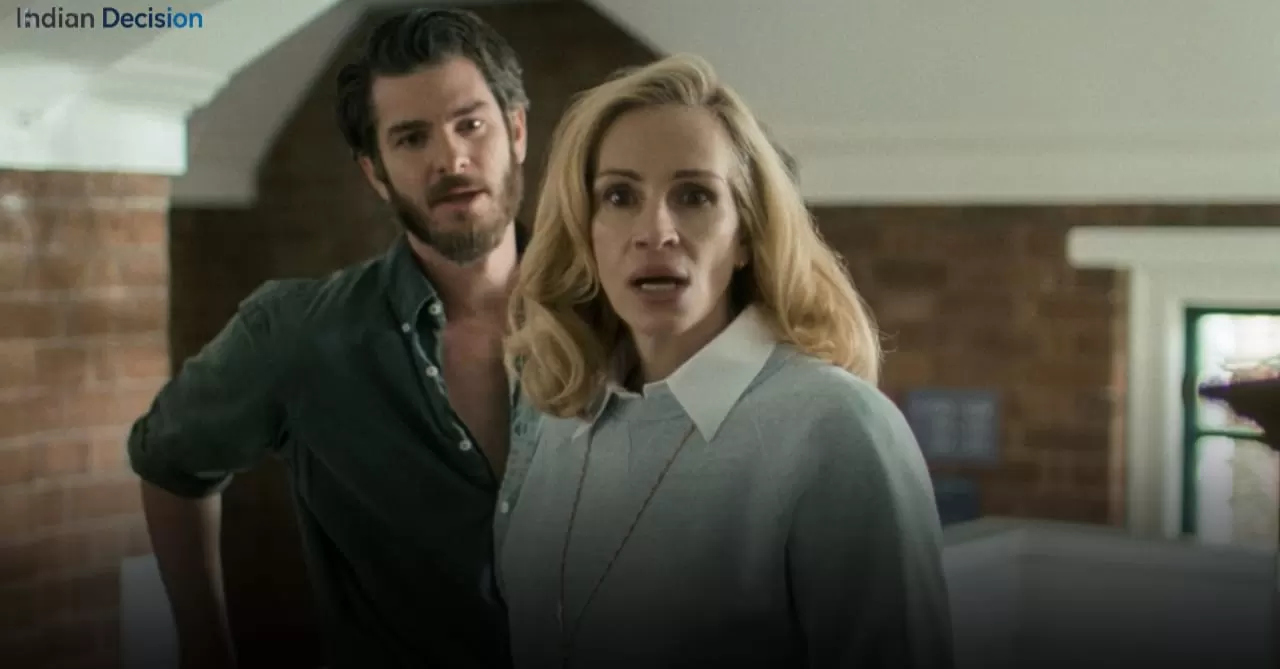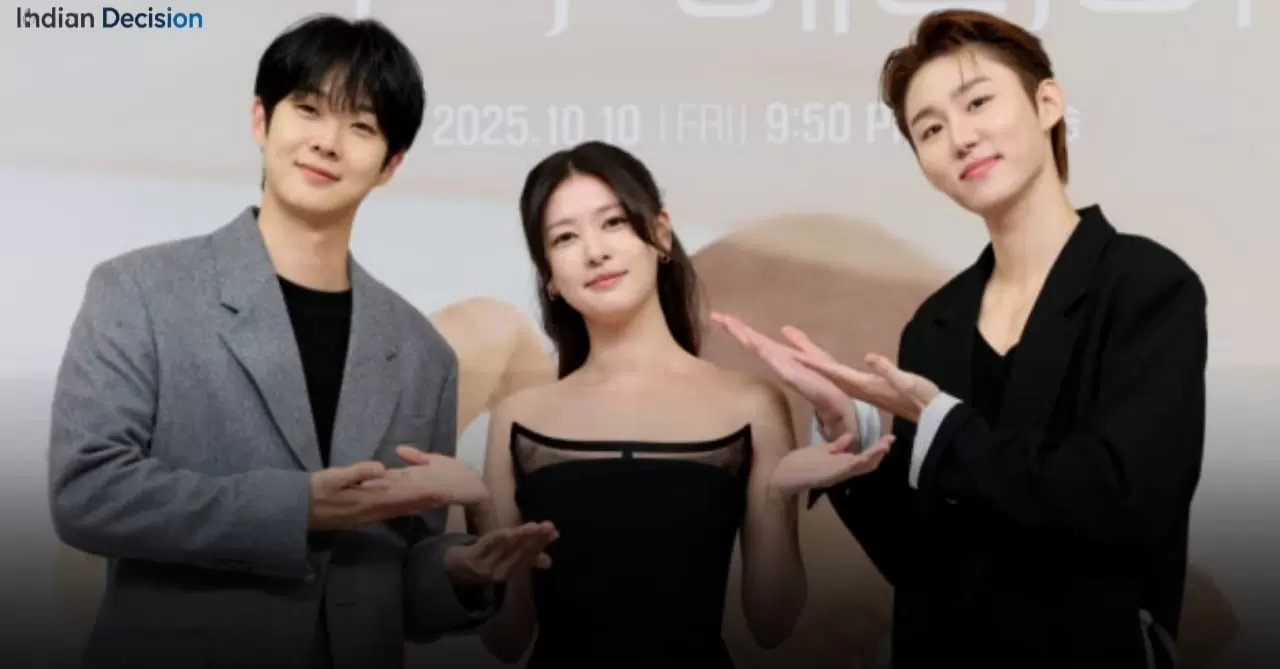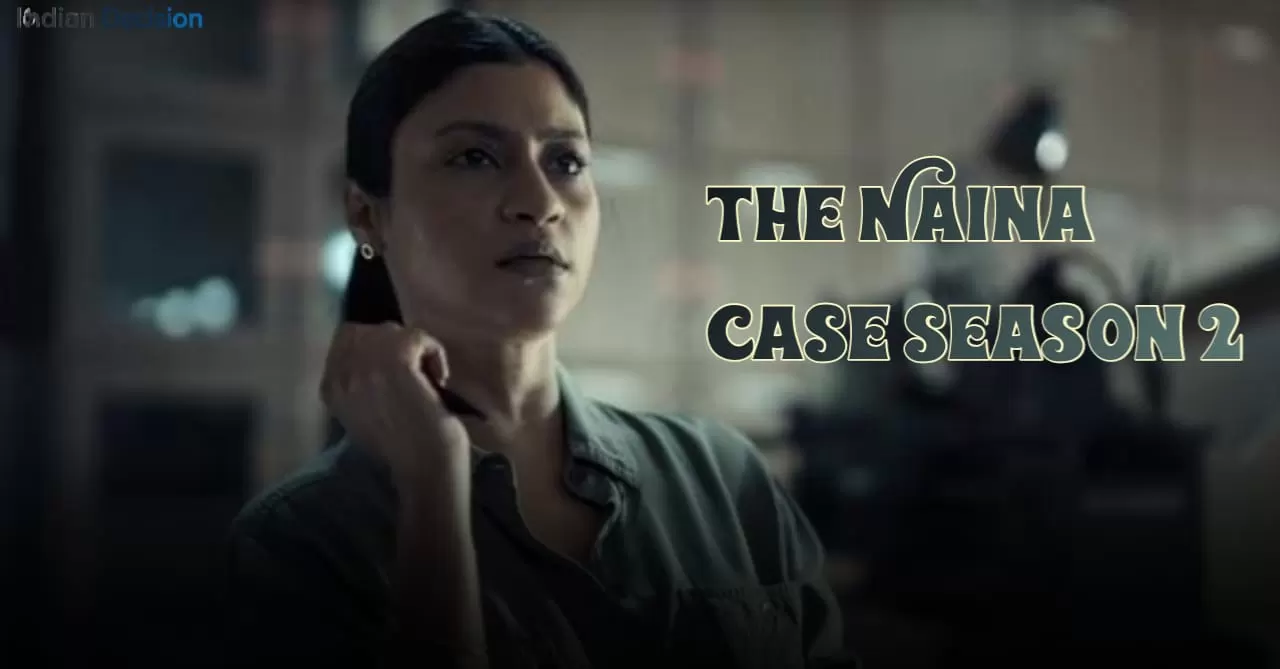Published: September 26, 2025 | Updated: September 26, 2025
Julia Roberts delivers what critics are calling her most daring performance in decades with "After the Hunt," Luca Guadagnino's psychologically complex exploration of truth, power, and moral ambiguity in academic settings. The film, which premiered at the Venice International Film Festival to a six-minute standing ovation, represents a significant departure from Roberts' established screen persona and positions her as a serious contender in the upcoming awards season.
Film Overview: Production Details and Creative Team
"After the Hunt" brings together an exceptional creative team and cast for one of 2025's most discussed cinematic productions:
Key Production Information
- Director: Luca Guadagnino
- Screenwriter: Nora Garrett (debut feature screenplay)
- Production Companies: Metro-Goldwyn-Mayer, Frenesy Film Company
- Budget: Estimated $35-40 million
- Runtime: 128 minutes
- Rating: R (for thematic material involving sexual misconduct)
Principal Cast and Characters
- Julia Roberts: Dr. Alma Olsson, Yale philosophy professor
- Ayo Edebiri: Maggie, brilliant graduate student
- Andrew Garfield: Professor Hank, accused colleague
- Chloë Sevigny: University administrator
- Michael Stuhlbarg: Department chair
Plot Analysis: Narrative Structure and Themes
The film explores complex moral terrain through its meticulously crafted narrative:
Central Plot Synopsis
Dr. Alma Olsson (Roberts), a respected philosophy professor, faces professional and personal crisis when her star student Maggie (Edebiri) accuses Alma's close colleague and friend Professor Hank (Garfield) of sexual misconduct. As Alma navigates institutional politics and personal loyalties, long-buried secrets from her own past resurface, forcing her to confront uncomfortable truths about power, complicity, and moral responsibility.
Thematic Exploration
- Power Dynamics: Examination of institutional power in academic settings
- Moral Ambiguity: Deliberate resistance to clear ethical resolutions
- Personal vs Professional: Conflict between loyalty and truth
- #MeToo Context: Nuanced approach to misconduct allegations
- Memory and Truth: Exploration of how past experiences shape present perceptions
Release Strategy and Festival Circuit Impact
The film's carefully orchestrated release plan maximizes its awards potential:
Festival Premieres and Screenings
- Venice Film Festival: August 29, 2025 (Out of Competition)
- New York Film Festival: September 26, 2025 (Opening Night)
- Toronto International Film Festival: September 8-14, 2025
- London Film Festival: October 4-12, 2025
Theatrical Release Schedule
- Limited Release: October 10, 2025 (New York, Los Angeles)
- National Expansion: October 17, 2025 (500+ theaters)
- International Rollout: November-December 2025
- Streaming Platform: Amazon Prime Video (Q1 2026)
Critical Reception and Early Reviews
The film has generated significant critical discussion following its festival premieres:
Review Aggregate Scores
- Rotten Tomatoes: 87% Fresh (based on 45 reviews)
- Metacritic: 78/100 (Universal Acclaim)
- Venice Audience Score: 4.2/5 stars
Notable Critical Responses
- The Hollywood Reporter: "Roberts' most compelling performance since Erin Brockovich"
- Variety: "Guadagnino's nuanced direction elevates challenging material"
- The Guardian: "A brave, uncomfortable film that refuses easy answers"
- IndieWire: "Edebiri and Garfield deliver career-best supporting work"
Julia Roberts' Career Evolution and Role Significance
This film represents a calculated career pivot for the Oscar-winning actress:
Character Analysis: Alma Olsson
- Departure from Type: Cold, intellectually rigid versus Roberts' typical warmth
- Psychological Complexity: Morally ambiguous character arc
- Physical Transformation: Minimal makeup, academic wardrobe signaling character essence
- Performance Challenges: Restrained emotional display versus dramatic outbursts
Career Context and Strategic Significance
- Recent Filmography: Follows lighter fare like Ticket to Paradise
- Awards Potential: Positioned for major nominations
- Industry Perception: Reestablishing dramatic credentials
- Age Representation: Complex roles for women in their 50s
Director Luca Guadagnino's Artistic Vision
Guadagnino brings his distinctive visual and narrative style to the project:
Signature Directorial Elements
- Visual Aesthetic: Muted color palette, precise composition
- Pacing: Deliberate, atmospheric buildup of tension
- Character Focus: Intimate psychological exploration
- Location as Character: Ivy League campus atmosphere
Thematic Consistency with Previous Work
- Desire and Power: Continuing exploration from Call Me By Your Name
- Institutional Critique: Similar to Suspiria's dance academy setting
- Complex Relationships: Character-driven narrative focus
Industry Impact and Awards Season Prospects
The film enters a competitive awards landscape with several advantages:
Potential Award Categories
- Best Actress: Julia Roberts (strong contender)
- Best Supporting Actress: Ayo Edebiri (buzz building)
- Best Supporting Actor: Andrew Garfield (outside chance)
- Best Director: Luca Guadagnino
- Best Original Screenplay: Nora Garrett
Campaign Strategy
- Festival Circuit: Strategic premieres at major festivals
- Press Tour: Roberts and Guadagnino conducting extensive interviews
- Screeners: Early distribution to awards voters
- For Your Consideration: Focus on acting and directing categories
Social and Cultural Context
The film engages with contemporary issues in nuanced ways:
- #MeToo Era Storytelling: More reflective, less sensational approach
- Academic Setting: Intellectual framing of ethical questions
- Generational Perspectives: Contrast between Roberts and Edebiri characters
- Institutional Critique: Examination of university power structures
Frequently Asked Questions
What makes "After the Hunt" different from Julia Roberts' previous roles?
Roberts trades her characteristic warmth for a cold, intellectually rigid professor role, representing her most significant dramatic departure in over a decade.
How has the film been received by #MeToo advocates?
Reception has been mixed, with some praising its nuance while others criticize its moral ambiguity regarding misconduct allegations.
What are the box office projections for "After the Hunt"?
Industry projections suggest $15-20 million opening weekend with strong staying power based on awards buzz and critical reception.
How does this film compare to Guadagnino's previous work?
It maintains his signature atmospheric style while tackling more contemporary, socially relevant themes than his previous period pieces.
What is the significance of the film's academic setting?
The Ivy League environment provides a microcosm for examining power dynamics, intellectual hypocrisy, and institutional protectionism.
Are there any content warnings viewers should know about?
The film contains discussions of sexual misconduct, psychological manipulation, and intense emotional scenes that may distress some viewers.
Conclusion: A Defining Moment in Julia Roberts' Career
"After the Hunt" represents not just another film in Julia Roberts' extensive filmography, but a strategic recalibration of her artistic identity. By collaborating with a respected auteur like Luca Guadagnino and embracing moral complexity over crowd-pleasing sentiment, Roberts demonstrates the creative courage that defines enduring careers in Hollywood. The film's willingness to provoke uncomfortable conversations while delivering exceptional filmmaking makes it one of 2025's most significant cinematic achievements.







